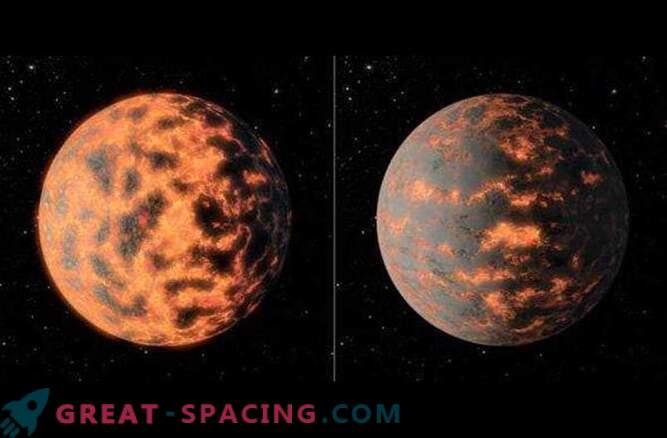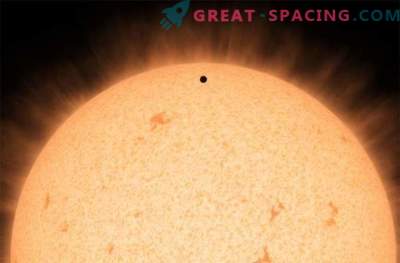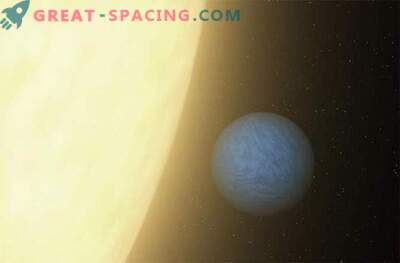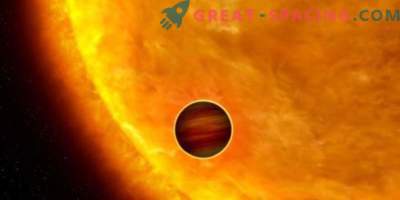
Using data from the NASA Spitzer space telescope, astronomers have identified wild atmospheric changes on a well-studied exoplanet - changes that scientists believe are caused by extreme volcanic activity.
For two years, the team, led by researchers from the University of Cambridge, noted a three-fold change in temperature on the surface of exoplanets 55 Cancer e. . 55 Cancer is twice as large and eight times heavier than our planet.
55 Cancer e is well known to exoplanet hunters as the “diamond planet” - a world that is possibly covered with hydrocarbons. But this new discovery has added a new look to this strange planet.
"For the first time, we have seen such radical changes in the light emitted by a distant exoplanet, which is especially noteworthy for super-earths," said study co-author Nikki Madhusudan of the Cambridge Institute of Astronomy. "Up to this point, we have not had confirmed heat emission data or surface activity on other super-earths."
"We found a three-fold change in the signal coming from this planet. For the first time, we saw this level of variability on an exoplanet," said lead author Bris-Olivier Demori from the Cavendish Laboratory at the University of Cambridge. "While we can not be 100% sure, but it seems to us that such global changes could be caused by volcanism, due to which huge amounts of gas and dust erupt, covering the planet as a thermal blanket." Spitzer's measurements showed that on the day side of the exoplanets the temperature varies from 1000 to 2700 degrees Celsius (1800-4900 degrees Fahrenheit), prompting us that the surface 55 of Cancer is melted and intense volcanic eruptions take place on it. The exoplanet is an inner world in the 55 Cancer system, consisting of five exoplanets, with a compact orbit around a star. Surface 55 of Cancer e makes a complete orbit in 18 hours and is tidal blocked by its star (one hemisphere is constantly directed to the parent star).
In our solar system, we know one such place, which is covered by volcanic activity. Sputnik Io is subject to intense tidal interactions with the largest planet in the solar system, which causes volcanic activity that can be observed from the Earth. However, volcanism on the 55th Cancer is many times more intense than on Io.
This discovery may become the key in the “diamond” model 55 Cancer e.











































